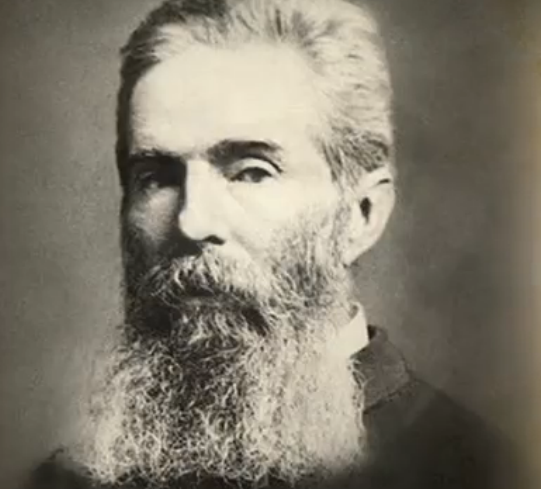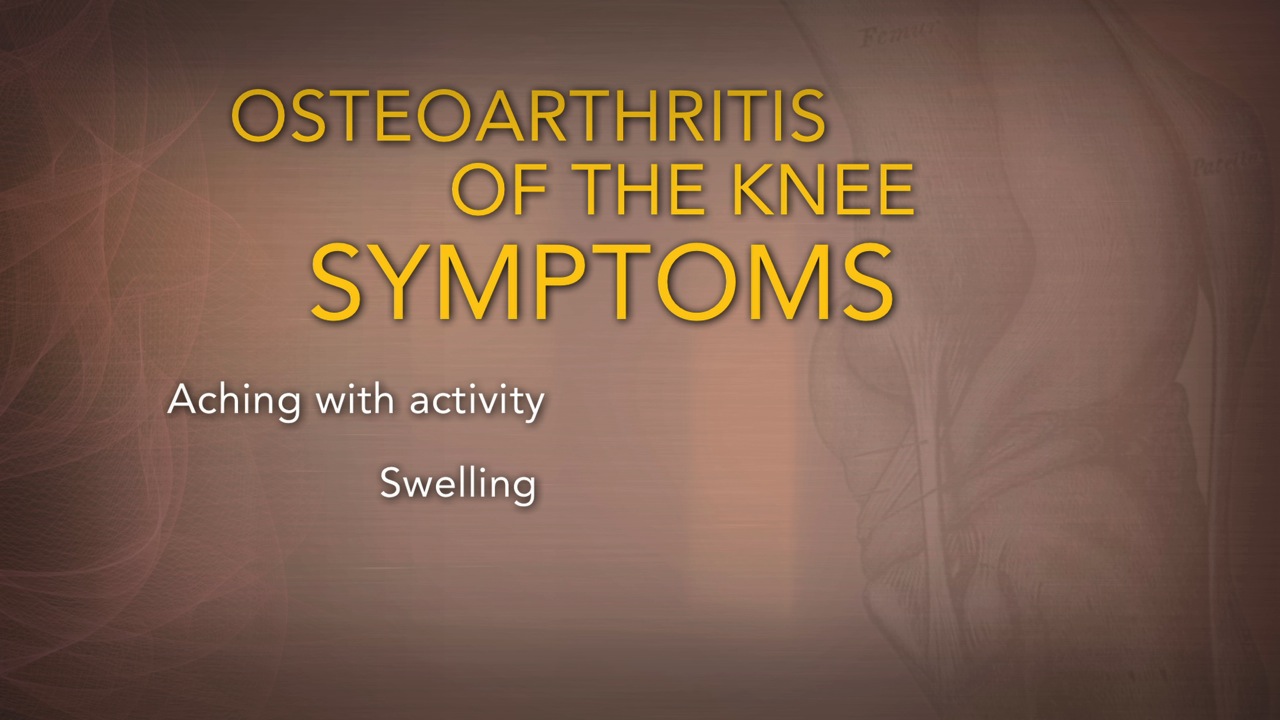NEW YORK (Reuters Health) – A 12-year study in middle-aged adults suggests that knee pain is frequently the first sign of knee osteoarthritis.
“Knee pain is common, and may well be an early feature of knee osteoarthritis,” lead author Dr. C. A. Thorstensson, from the Research and Development Center, Oskarstrom, Sweden, and colleagues write, but “studies to confirm the relationship are sparse.”
The study, reported in the Annals of the Rheumatic Diseases for December, featured 143 adults with knee pain lasting for longer than 3 months. These individuals were members of the population-based Spenshult cohort.
Weight-bearing posteroanterior radiographs of both tibiofemoral joints had been taken at baseline and again at 12 years, while radiographs to assess patellofemoral disease were taken at 5 and 12 years. The tibiofemoral radiographs were rated using the Kellgren/Lawrence scale with a score of 1 or higher indicating osteoarthritis. With the patellofemoral radiographs, a joint space width of <5 mm was considered positive for osteoarthritis.
At baseline, 76 subjects (53%) had no tibiofemoral osteoarthritis on x-ray, 30 had unilateral osteoarthritis, and 37 had bilateral osteoarthritis.
During follow-up, 65 of the 76 subjects without tibiofemoral osteoarthritis at baseline developed the condition on x-ray. This included 44 of 49 subjects (90%) with clinical osteoarthritis at baseline and 21 of 27 subjects (78%) without clinical osteoarthritis. Disease progression was seen in 65 of the 67 (97%) patients with tibiofemoral osteoarthritis at baseline.
Eighty-four subjects had no patellofemoral osteoarthritis at 5 years, but 26 (31%) had developed it by 12 years.
“A majority of middle-aged patients with chronic idiopathic knee pain in this study developed knee osteoarthritis over 12 years,” the authors state. On this basis, they conclude, “knee pain is often the first sign of knee osteoarthritis.”
Reference:
Ann Rheum Dis 2009;68:1890-1893.






